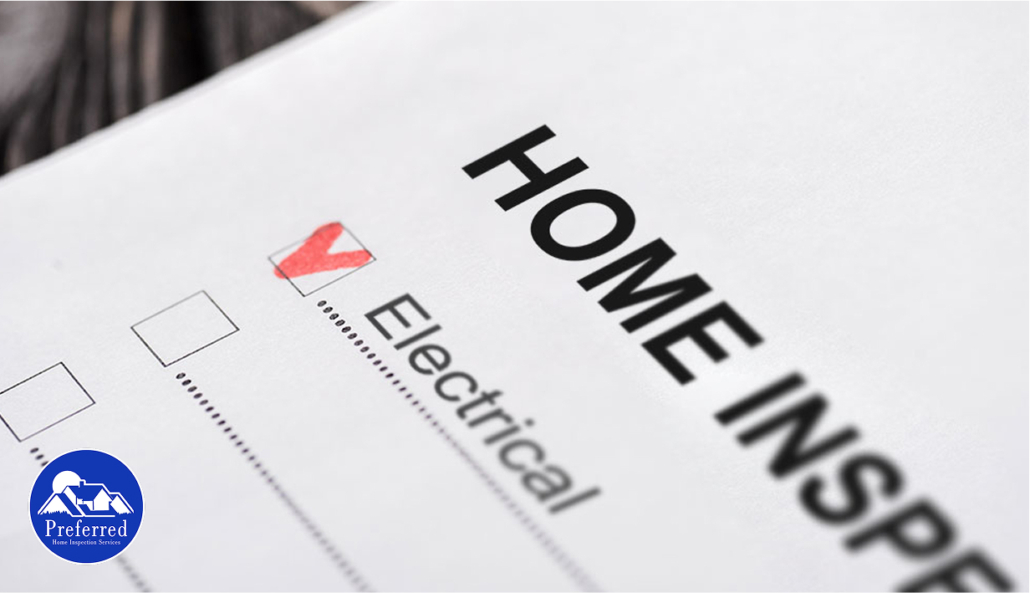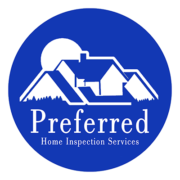How to Read a Home Inspection Report Without Getting Overwhelmed
You’ve just received your home inspection report via email. It’s 40 pages long, filled with technical terms you’ve never heard of, and accompanied by dozens of photos that range from mundane to downright alarming. Your heart starts racing as you scroll through page after page of findings, recommendations, and observations. Should you run from this deal? Are these issues normal? How do you even begin to make sense of it all? Learning how to read a home inspection report is key to understanding what truly matters — and what’s just routine maintenance.
Take a deep breath. You’re not alone in feeling overwhelmed, and more importantly, you don’t have to stay that way. This document in your hands isn’t just paperwork—it’s potentially the most valuable tool in your home-buying arsenal. It could save you thousands of dollars in unexpected repairs or help you negotiate a better deal. The key is knowing how to read it strategically, not frantically. By the time you finish this article, you’ll approach your inspection report with confidence instead of confusion, armed with a clear system for separating the serious from the superficial.
Why This Document Deserves Your Full Attention
Your home inspection report isn’t just a formality—it’s your financial safety net. Every year, homebuyers discover costly surprises that could have been addressed during negotiations if they’d properly understood their inspection findings. We’re talking about $15,000 HVAC replacements that were flagged as “recommended monitoring,” $8,000 electrical upgrades that were buried in technical jargon, and foundation issues that were dismissed as cosmetic concerns.
The difference between a deal-breaker and a manageable repair often comes down to understanding what you’re actually looking at. That “minor plumbing issue” might be a simple faucet replacement, or it could signal aging pipes throughout the house. The “electrical observation” could be a missing outlet cover or outdated wiring that poses a fire hazard. Your inspection report holds the answers, but only if you know how to find them.
Here’s the reality: this report is your negotiation ammunition. Sellers expect buyers to request repairs or credits based on inspection findings, but they also expect you to focus on the issues that truly matter. When you understand the difference between critical repairs and routine maintenance, you negotiate from a position of strength rather than panic.

Understanding Your Report’s Structure
Every professional inspection report follows a similar anatomy, and recognizing this structure is your first step toward clarity. The most important section isn’t hidden deep in the pages—it’s right at the beginning. The executive summary acts as your roadmap, highlighting the most significant findings without forcing you to dig through every detail. Think of it as your inspector’s way of saying, “Here’s what you really need to focus on.”
Following the summary, you’ll find the room-by-room breakdown. This systematic approach mirrors how your inspector actually walked through the property, examining each area methodically. Don’t feel compelled to read every section with equal intensity. Some rooms might have minimal findings, while others require more attention.
The photo documentation deserves special mention because it’s often the most telling part of your report. These aren’t random snapshots—they’re visual evidence of the issues your inspector wants you to understand. A picture of a water stain tells you more than a paragraph of description ever could. When you see rust on pipes, cracks in walls, or worn electrical components, you’re seeing exactly what your inspector saw.
Before diving into the findings, take a moment to understand the report’s foundation. The opening pages contain crucial information about the property, inspection conditions, and your inspector’s credentials. More importantly, you’ll find the comment key or definitions section that acts as your decoder ring for the entire report.
Your inspector uses specific codes throughout the document to communicate the severity and nature of each finding. While formats vary by company, most reports include variations of these standard codes:
- I = Inspected: This item was examined
- NI = Not Inspected: This item was not examined
- NP = Not Present: This item was not accessible or locatable
- S = Safety Concern: This item poses a safety concern and should be addressed immediately
- R = General Repair: This item requires repair but is not causing immediate harm or damage
- D = Defect: This item is non-functioning and requires repair or correction by a licensed tradesman
Understanding these abbreviations transforms confusing technical shorthand into clear communication about what needs your attention and when.
The Strategic Reading Method
Here’s where most people go wrong: they start reading from page one and work their way through chronologically, getting more overwhelmed with each section. Instead, approach your report strategically, like a detective gathering the most important clues first.
Start with the executive summary, not the detailed findings. This overview gives you the big picture without getting lost in specifics. Look for patterns—are most issues related to one system, like plumbing or electrical? Are there recurring themes, like moisture problems or deferred maintenance? This bird’s-eye view helps you understand whether you’re dealing with isolated issues or systemic problems.
Next, focus exclusively on safety-related findings. These trump everything else and include issues like exposed electrical wiring, gas leaks, structural concerns, or anything that could pose immediate danger to you or your family. These items typically require attention before you move in, regardless of cost or inconvenience.
Now comes the crucial step that separates smart buyers from overwhelmed ones: create two lists as you read. Your “fix now” list includes items that affect safety, habitability, or could worsen significantly if ignored. Your “monitor later” list covers maintenance items and minor issues that don’t require immediate attention. This simple categorization transforms an overwhelming document into an actionable plan.
Use the photographs as your reality check. When you read about a “damaged roof shingle,” the accompanying photo shows you whether it’s one loose shingle or widespread deterioration. Visual evidence helps you gauge the scope and urgency of each issue more accurately than written descriptions alone.

Separating Red Flags from Yellow Flags
Not all inspection findings are created equal, and learning to distinguish between genuine concerns and routine observations is crucial for your sanity and your wallet.
Common Red Flag Terminology to Watch For
Red flag issues demand immediate attention and often justify walking away from a deal or requesting significant concessions. These include major structural problems like foundation settling, electrical panels that pose fire hazards, plumbing systems on the verge of failure, or HVAC equipment that’s unsafe to operate.
Structural issues top the red flag list because they’re expensive to fix and can affect your home’s safety and value. Look for words like “significant settling,” “structural movement,” or “load-bearing concerns.” These aren’t DIY projects—they require professional evaluation and potentially major repairs.
Electrical problems range from minor to dangerous, so context matters enormously. Missing outlet covers or outdated fixtures might be yellow flags, but exposed wiring, overloaded circuits, or electrical panels with known safety issues are definite red flags that need immediate professional attention.
Examples of Yellow Flags That Matter
Yellow flag issues include items that need attention but don’t pose immediate danger or require emergency repairs. These might include aging appliances nearing replacement time, minor plumbing leaks, cosmetic damage, or routine maintenance items like caulking and weatherstripping. Yellow flags become red flags when ignored, so they deserve spots on your maintenance calendar.
Why Every Report Has Some Yellow Flags
The key is understanding that every home has yellow flags—even new construction. Perfect homes don’t exist, and your inspector’s job is to document everything they observe, not just the disasters. Experienced buyers expect to see routine maintenance items and minor repairs in their reports.
Quick Checklist for Reading Your Report Strategically
Before you close the document or draft that repair request, use this summary checklist to stay focused on what really matters:
- Start with the Executive Summary: Use this section to understand the big-picture concerns without getting bogged down in details.
- Prioritize Safety Issues First: Identify anything that poses a risk to health or property—gas leaks, exposed wiring, structural red flags.
- Create Two Lists: Make a “Fix Now” list for urgent issues and a “Monitor Later” list for future maintenance.
- Leverage Photos for Context: Visuals often clarify the severity of a problem better than written descriptions alone.
- Negotiate Based on Impact, Not Volume: Focus your repair requests on high-priority items that affect safety, functionality, or major systems.
Moving Forward with Confidence
Armed with your strategic reading approach and clear understanding of your report’s priorities, you’re ready to take action. Schedule a conversation with your real estate agent to discuss which findings warrant repair requests or contract negotiations. Focus your requests on safety issues and significant repairs rather than minor maintenance items—this approach demonstrates your reasonableness while addressing your legitimate concerns.
Now that you know how to read a home inspection report, the next step is using that insight to make informed, strategic decisions. Remember that inspection reports are tools for informed decision-making, not reasons to panic. Every finding represents an opportunity to either negotiate better terms or plan for future maintenance. The home that seemed perfect during your initial walkthrough might have some issues, but now you know exactly what they are instead of discovering them after closing.
Your inspection report transforms you from a hopeful buyer into an informed one. Use this knowledge wisely, negotiate strategically, and move forward with confidence. After all, the best homes aren’t those without any issues—they’re the ones where you understand exactly what you’re buying.




